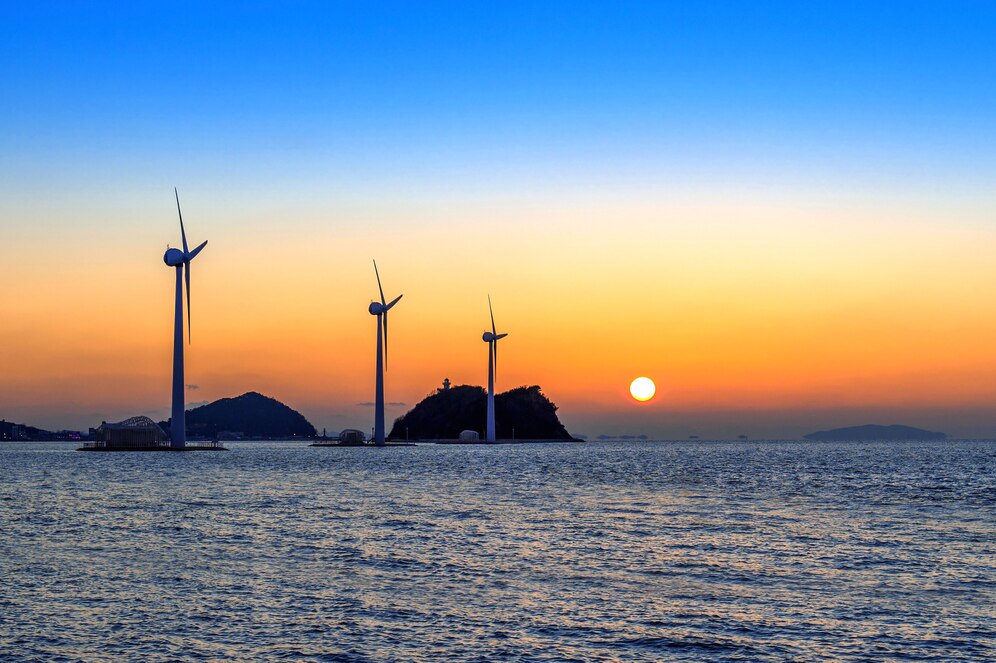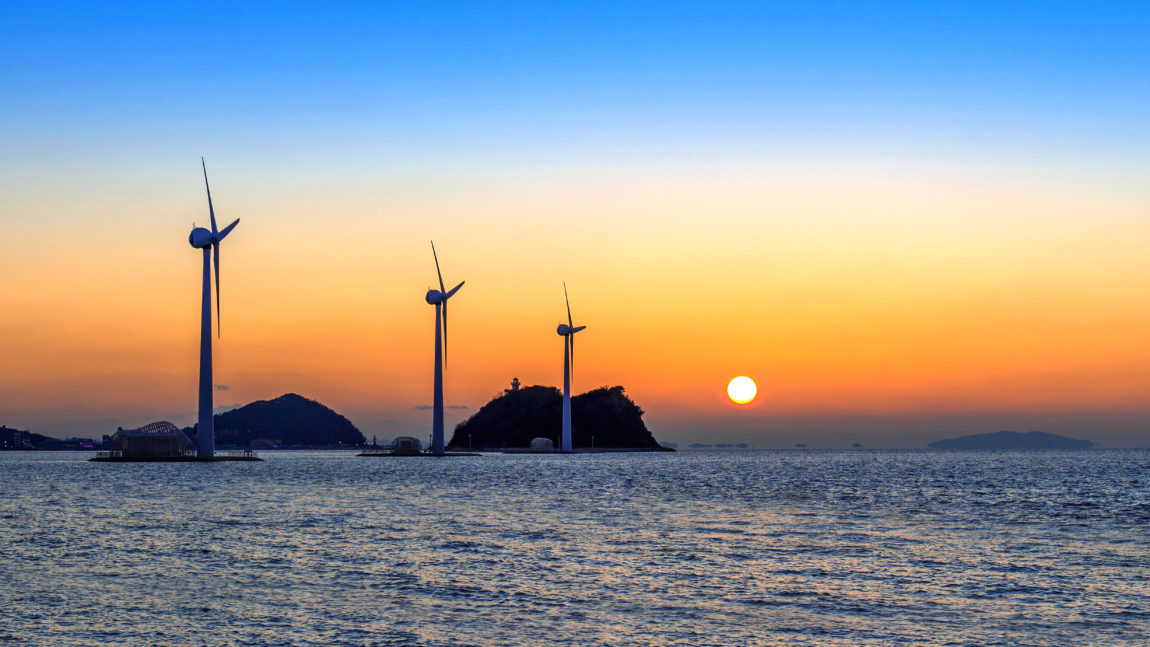
By Jaideep Saraswat & Nikhil Mall
The Paris Agreement has 197 signatory countries aiming to limit global warming to well below 2°C and make efforts to limit it to 1.5°C. A 50 percent probability to meet this target leaves the world with 400-800 Gt- CO2 of the carbon budget. Staying within this budget requires rapid decarbonisation of economies. As electricity generation is one of the biggest emitting sectors in the world and is an enabler for the decarbonisation of other sectors, its decarbonisation holds immense prominence.
The last two decades have seen significant innovation in renewable energy technologies, especially solar and wind. The innovation was well emboldened by supportive policies and schemes from the governments’ side that have resulted in their large-scale deployment. As per the World Energy Investment 2021, a dollar spent on wind and solar PV in 2020 yielded four times more output than a dollar spent on them a decade earlier. In 2022, a significant milestone of 1 TW of solar PV deployment across the world was reached, with wind following up at around 743 GWs, according to Global Wind Report, 2021. The difference in solar and wind deployment is intriguing as wind energy is the oldest and the first commercially deployed renewable technology across the world. This can be attributed to a significant shift in the global focus toward the solar PV sector. For example, the existing first-generation solar cells that are in the mass manufacturing phase involve heavy funding for R&D from the manufacturers ensuring their continuous improvement. At the same time, the second and third-generation solar cells like perovskite have gotten some serious attention from government R&D centers and academia which is resulting in increased efficiency and reduced usage of materials that are costly or are harmful to the environment.
But, hold your horses!
There are significant innovations in the wind sector that might have missed your sight. First, the size and capacity of wind turbines are continuously increasing. The average size of onshore wind turbines has increased to 3.3 MW and for the offshore wind turbines, it has reached close to 7 MW. Even the rotor diameter has increased substantially and is approaching the 250 m mark for offshore wind turbines. As per DTU International Energy Report 2021, the average capacity for onshore wind turbines will be around 5.5 MW and 17 MW for offshore wind turbines by 2035.
Second, is the lowering trend of Specific Power (SP) which is a ratio of the nameplate generation capacity (Watts) and the rotor swept area (m2). As the SP ratio is inversely proportional to Capacity Utilization Factor (CUF), the decreasing trend is addressing the power variability issues from the wind. Third, the two-stage wind turbine concept is another key idea at the R&D stage where another wind turbine is placed at the tip of the blade of the former. If designed effectively, there is a possibility of generating the same output of power from this architecture at 10-20 percent lower cost and a 50 percent reduction in material usage.
There are several innovations for offshore wind turbines as well. A Netherland-based firm has developed a two-bladed floating offshore wind turbine that has higher efficiency and a 50-year lifespan. These turbines will be deployed in the European waters by the first quarter of 2024. Another key innovation addresses the pace of commissioning of offshore wind turbines. Since deploying offshore wind turbines is a painstakingly slow process due to the high intensity of winds and waves in the middle of the sea, the usage of robotic arms can expedite the process. There will be a demonstration project on the same by the end of this year. Moreover, the wind industry has realised the urgency to tackle the climate emergency and as a result, some manufacturers have started developing recyclable wind turbines, which will help to further reduce the environmental impact of the wind sector.
Furthermore, the concerns around the decentralisation of wind energy technologies due to relatively low wind speeds near the earth’s surface are getting allayed. There are a number of innovations in this sphere as well. First, the low wind turbine (smaller turbines in the sub 1kW range) concept is slowly gaining traction, especially in countries experiencing low to medium wind speeds across the majority of their landmass. These wind turbines produce more than double the power at low wind speeds in comparison to run-of-the-mill turbines.
Second, several novel start-ups are coming up in this space. Some of them have come up with innovative handheld wind turbines that are capable of providing enough charge to power your phones, and light fixtures, and are more focused on rural areas and hinterlands. Third, the bladeless wind turbines that use Vortex-Induced Vibrations (VIV) for generating electricity at very-low wind speeds can be used in residential and urban settlements. The commercialisation of this technology will be the right step toward Round-the-Clock decentralised renewable generation.
Key Learnings for India
Wind energy will play a dominant role in decarbonising India’s electricity generation sector. Thus, the Government of India (GoI) must take initiatives to bolster this technology by:
- Ensuring Implementation of R&D policies – The GOI has already launched the Renewable Energy Research and Technology Program (RE-RTD) 2022 which aims to support R&D across various RE technologies including wind energy systems. This program will span five years from FY21-22 to FY25-26. It is important to ensure the effective implementation of this program.
- Facilitating Competitive Environments – Organising national and sub-national competitions on technology, business, and implementation around wind energy will foster healthy competition among different entities. In addition, allowing varied stakeholders to participate in such events will facilitate a growth mindset.
- Collaborating with international R&D centers – As there is clear scientific consensus on the need to move rapidly toward a decarbonised world, no single organisation can achieve this by itself. Given the sheer scope, diverse needs, and myriad approaches necessary to innovate, stakeholders across regions must work together and learn from one another.




